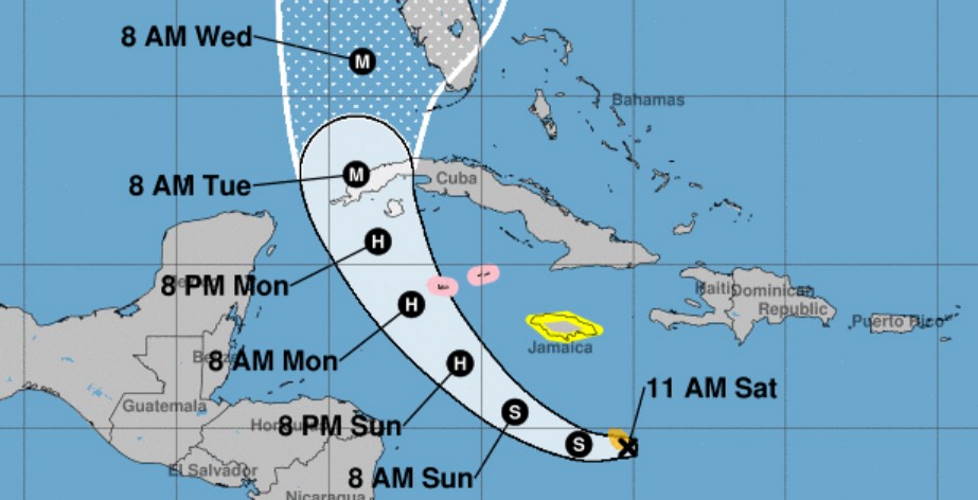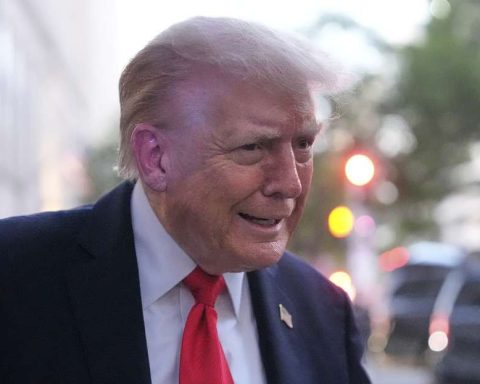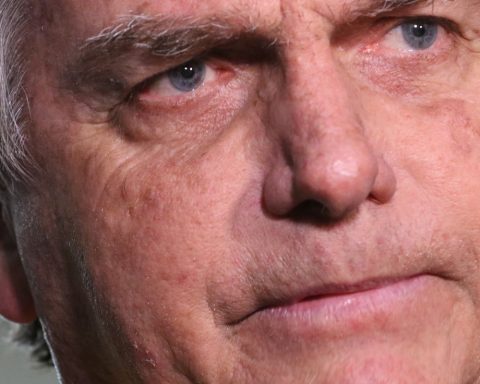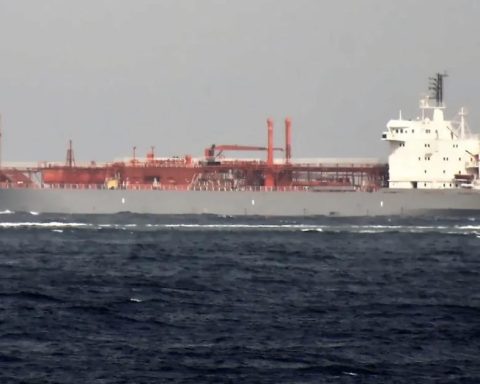When governments in Latin America have tried to reduce the gasoline subsidy, the streets have been filled with demonstrators protesting against the increase in fuel prices.
This is how countries like Ecuador, Panama and Peru have experienced this year, which, in the midst of the wave of inflation sweeping the world, have faced strong opposition when raising prices for products such as gasoline or diesel is put on the table.
And despite the fact that it entails a strong political risk, the president of Colombia, Gustavo Petro, recently made the announcement: “We tell gasoline consumers that we will return to the path of price growth, and that the objective will be nothing more than to reduce irresponsibly accumulated deficit”.
Colombia is the third country with the lowest price of gasoline after Venezuela and Bolivia.
The problem, the government argues, is that the fiscal deficit is unsustainable, which is why it has proposed an ambitious tax reform with which it hopes to increase revenue and is seeking to reduce spending in other areas, such as the gasoline subsidy. , in the context of an environmentalist agenda and in the midst of inflation that exceeds 10%, the highest since 1999.
Promoting a measure considered highly unpopular and that would have a direct effect on the most vulnerable families in a country where poverty reaches 39% of the population, Petro seeks to cut the money invested in subsidizing gasoline with a social argument: “Is it worth Is it worth subsidizing gasoline for 40 billion when the infant mortality rate due to malnutrition doubles?
Last week the government announced that starting in October the price of gasoline will rise each month by about five cents per gallon (1 gallon is equivalent to 3.79 liters). The diesel subsidy will continue.
“Gasoline is going to increase by 200 pesos a month starting in October for this year,” confirmed Finance Minister José Antonio Ocampo.
Critics argue that the decrease in the gasoline subsidy will affect the most vulnerable families and increase poverty at a time when the country’s economic situation is dire.
As in Colombia, the rest of the countries in the region apply some type of subsidy to gasoline, diesel or other fossil fuels such as oil, coal or gas.
It depends on how you measure it, but what experts agree on is that subsidies take up a large part of countries’ fiscal spending.
From a global perspective, governments spend about US$423 billion each year to subsidize the consumption of fossil fuels, according to the United Nations Development Program (UNDP).
That means, the agency argues, that for every dollar committed to mitigating the effects of the climate crisis, four dollars are spent on fossil fuel subsidies.
“It is clear that subsidizing fossil fuels is not a rational use of scarce public money,” said Pradeep Kurukulasuriya, director of UNDP’s Nature, Climate and Energy department. “It doesn’t make economic sense.”
Whether it is because a country has a deep fiscal deficit, or because it seeks to promote a less polluting agenda (or both), the issue of subsidies for fossil fuels, including gasoline and diesel, has been at the center of the debate because reducing or eliminating them affects the pockets of consumers in the short term and can have far-reaching political effects, experts say, as has been seen in Latin America.
Even without a proposal to reduce subsidies, a minimal change in the public transport fare, for example, can be the trigger for a social explosion as occurred in Chile in October 2019, in which demonstrators came out to protest against inequality. in the country.
Subsidies are not the same in all countries. There are consumption subsidies that seek to keep the price paid by consumers below the market value, and others that operate through contributions to lower the costs of producers.
Gasoline is subsidized in all the countries of the region through different mechanisms that may include direct subsidies, stabilization funds, tax reductions, fiscal exemptions or some type of price control through state-owned companies.
Regardless of the mechanism that is implemented, basically the subsidies try to partially decouple the price paid by the final consumer from the market value.
Amid soaring fuel prices, Brazil, the region’s largest economy, passed a regulation in June to limit state fuel tax collection and eliminate federal taxes on gasoline.
And in more general terms, the semi-state oil company Petrobras has also been helping to keep prices from skyrocketing, as is also the case in Argentina with YPF, which is 51% owned by the state.
In the South American nation, the rise in the dollar, among many other factors, has made it more difficult for the government to reduce energy subsidies, a point that the International Monetary Fund (IMF) has insisted on in the context of paying the financial commitments that has the country.
Mexico is a major oil exporter, and the government announced that the tax on fuel will be 100% subsidized.
Countries like Colombia, Peru or Chile have a fuel price stabilization fund, known as FEPC in Colombia and Peru, and MEPCO in Chile.
These are funds that aim to keep fuel prices within certain margins to mitigate fluctuations in international prices.
To deal with rising prices this year, Chile doubled the fund’s collection limit to cushion price increases.
Peru, for its part, extended the deadline for the delivery of subsidies through its fund to stabilize prices.
Countries such as Venezuela, Cuba, Nicaragua or Bolivia have subsidized gasoline as part of a general policy of price control and tax subsidies that have characterized these Latin American economies.
A complex situation has been faced by countries such as Ecuador and Panama, which failed to implement subsidy reductions this year after massive protests that demanded to maintain fiscal aid.
Other countries such as El Salvador, Honduras or Guatemala have applied both traditional subsidy policies or freezing rates in recent months due to the inflationary context.
The Dominican Republic has also implemented a mixed mechanism of subsidies and rate freezing, while in Costa Rica the system works through price fixing.
In Uruguay, the Latin American country with the highest gasoline price, the government prevents a further escalation of tariffs through price fixing charged by the state oil company ANCAP, while in Paraguay the government and trade associations are currently trying to agree on how to deal with the subsidy issue after several days of demonstrations.
Prices are undoubtedly lower in the oil-producing countries and in those with the highest subsidies.
With the idea of mitigating the effects of climate change, international organizations have been campaigning in recent decades for countries to meet their commitments to reduce greenhouse gas emissions.
One of the central points of the discussion is that subsidies for fossil fuels be reduced or eliminated.
However, with the economic recovery after the pandemic and the effects of the war in Ukraine, that goal seems to be increasingly distant in parts of the world such as Europe, which is currently mired in a deep energy crisis.
Major world economies have dramatically increased support for the production and consumption of coal, oil and natural gas, seeking alternatives to protect households from rising energy prices, according to an analysis by the Organization for Economic Co-operation and Development. Economic (OECD) and the International Energy Agency published at the end of August.
In fact, in 51 countries, government support for fossil fuels almost doubled in 2021 and the study estimates that subsidies will increase even more in 2022.
These measures “encourage wasteful consumption, without necessarily reaching low-income households,” OECD Secretary-General Mathias Cormann said.
Faced with this situation, Fatih Birol, executive director of the IEA, argued that “the only lasting solution” to the energy crisis and the best way to reduce the impact of the high prices paid by consumers is “an increase in investment in clean energy technologies and infrastructure.
However, in Latin American countries, most governments are urgently trying to control inflation, before advancing in the energy transition, given the geopolitical and supply circumstances that affect the world.
Remember that you can receive notifications from BBC Mundo. Download the new version of our app and activate it so you don’t miss out on our best content.
















